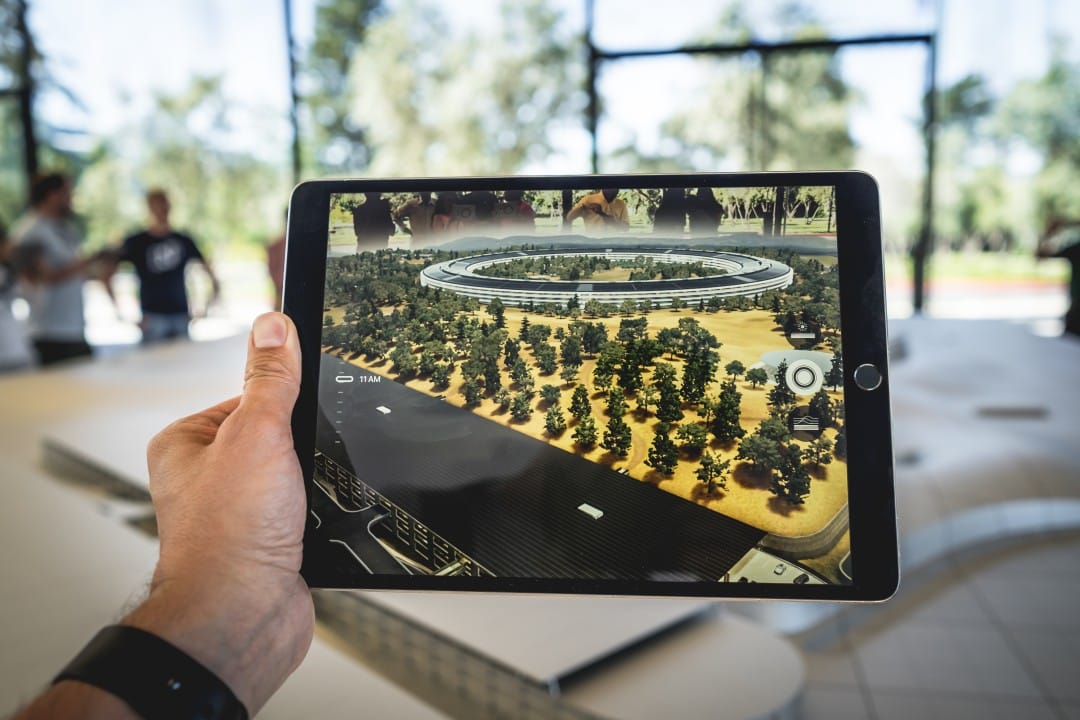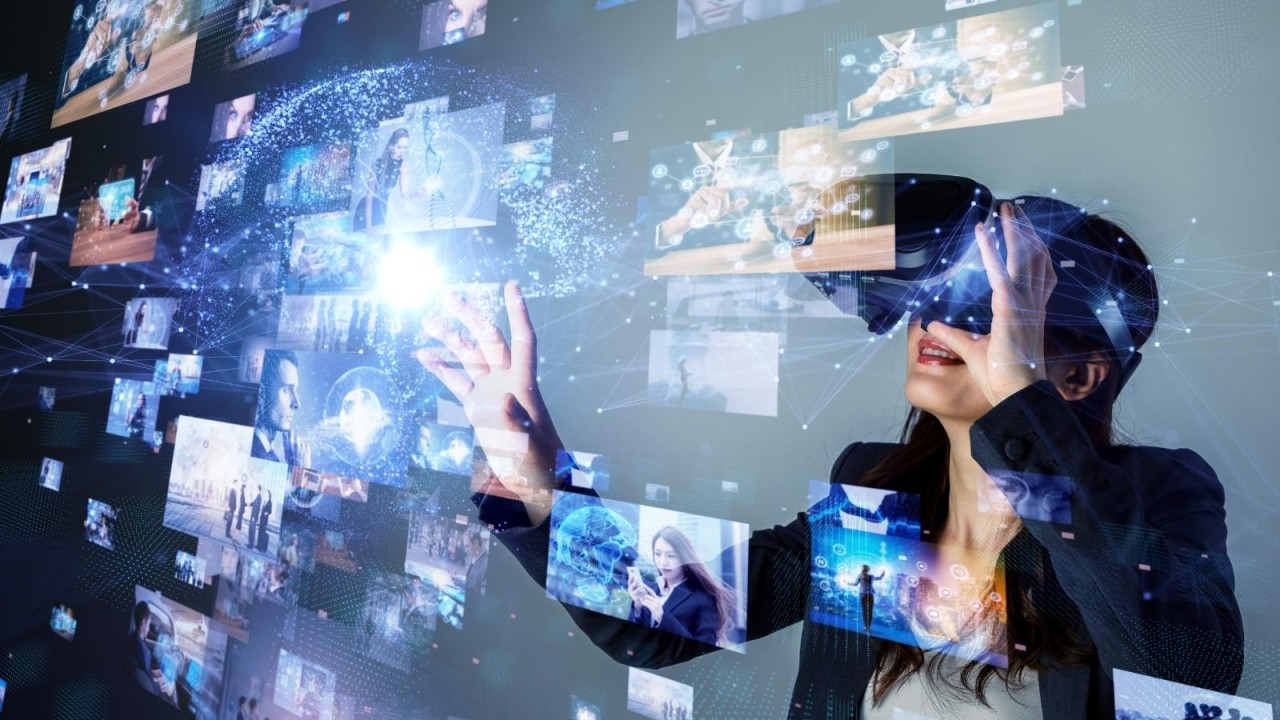In today’s digital-first world, traditional advertising is no longer enough to capture consumer attention. With increasing ad fatigue and declining engagement rates, brands must evolve their digital marketing strategies to create more immersive and interactive experiences. This is where augmented reality (AR) is changing the game.
Augmented reality (AR) is revolutionizing digital advertising by allowing brands to move beyond static ads and deliver interactive, real-time experiences that captivate audiences. By overlaying digital elements onto the physical world, AR enhances experiential marketing, transforming the way consumers engage with products, brands, and advertisements.
In this article, we’ll explore how AR is reshaping digital advertising, highlight key industry trends, and discuss how Towerhouse Global can help brands integrate AR-powered experiential marketing campaigns to maximize engagement and ROI.
1. How Augmented Reality is Changing Digital Advertising
From Static Ads to Interactive Experiences
Digital advertising has traditionally relied on static display ads, banners, and video commercials. However, these formats are becoming less effective as consumers:
✔Develop ad fatigue from repetitive promotions.
✔Use ad blockers to avoid intrusive digital ads.
✔Engage less with passive advertising compared to interactive content.
📌How AR Enhances Digital Advertising:
✔Transforms passive advertising into interactive brand experiences.
✔Allows consumers to engage with products before purchasing.
✔Creates emotional connections that drive higher engagement.
Why Brands Are Investing in AR-Powered Ads
Augmented reality (AR) allows brands to create highly interactive digital experiences that keep consumers engaged longer and make marketing campaigns more memorable.
✔Why AR Ads Outperform Traditional Digital Ads:
✅AR experiences increase dwell time and engagement rates.
✅Consumers are more likely to interact with AR ads than static display ads.
✅AR boosts purchase intent by allowing customers to try before they buy.
📌Example:
- IKEA’s AR-Powered Shopping App – The IKEA Place app allows users to visualize furniture in their homes before purchasing, bridging the gap between e-commerce and real-world shopping.
How Towerhouse Global Helps:
We create immersive AR-powered digital ads and experiential marketing campaigns that increase brand engagement and customer interaction.
2. The Impact of Augmented Reality on Digital Advertising Trends
- AR in Social Media Advertising
📌Why It Matters:
- Social media platforms like Instagram, Snapchat, and TikTok are integrating AR advertising.
- AR filters, branded lenses, and interactive ads drive higher engagement and social sharing.
📌Example:
- Gucci’s AR Sneaker Try-On on Snapchat – Gucci launched an AR-powered filter that allowed users to virtually try on sneakers and purchase directly through the app.
✔Why This Works:
✅Encourages social sharing and user-generated content.
✅Increases conversion rates by integrating e-commerce into social platforms.
✅Brings products to life in a way that traditional ads cannot.
How Towerhouse Global Helps:
We create AR-powered social media activations that drive engagement, brand awareness, and conversions.
- AR-Powered Search & Display Ads
📌Why It Matters:
- Search engines and websites are evolving to support interactive AR ads.
- Consumers can view AR-enhanced products directly in search results or display ad placements.
📌Example:
- Google’s AR Search Ads – Google now allows brands to showcase 3D AR product models directly in search results, giving users a 360-degree view before purchasing.
✔Why This Works:
✅Enhances product discovery and consumer decision-making.
✅Drives higher engagement than traditional display ads.
✅Allows users to interact with products in real time.
How Towerhouse Global Helps:
We design AR-integrated ad campaigns that increase visibility and engagement across search and display networks.
- AR in E-Commerce & Retail Advertising
📌Why It Matters:
- Augmented reality bridges the gap between online shopping and real-world experiences.
- Brands are using AR-powered virtual try-ons, product previews, and interactive packaging to enhance customer engagement.
📌Example:
- Sephora Virtual Artist – Sephora’s AR-powered makeup try-on lets users see how products look on their face before purchasing.
✔Why This Works:
✅Reduces purchase hesitation by offering a realistic preview.
✅Increases conversion rates by improving confidence in product selection.
✅Enhances the e-commerce shopping experience.
How Towerhouse Global Helps:
We develop AR-powered e-commerce strategies to increase engagement and conversion rates for online retailers.
- AR-Powered Live Event & Experiential Advertising
📌Why It Matters:
- AR enhances live events and brand activations by offering immersive digital interactions.
- Brands can create interactive event experiences that engage attendees and extend reach via social media.
📌Example:
- Pepsi Max AR Bus Stop Ad – Pepsi used AR-powered outdoor advertising to surprise commuters with lifelike digital illusions, creating a viral brand moment.
✔Why This Works:
✅Turns everyday locations into brand engagement opportunities.
✅Encourages user-generated content and social sharing.
✅Creates buzz and brand recall.
How Towerhouse Global Helps:
We specialize in AR-powered live event activations, immersive brand experiences, and interactive outdoor advertising.
3. The Future of AR in Digital Advertising
📌Emerging Trends to Watch:
✔AI-Powered AR Advertising – Personalized AR ads that adapt in real time based on user behavior.
✔Metaverse & AR Commerce – AR-powered digital storefronts in virtual environments.
✔Wearable AR Advertising – Smart glasses delivering interactive AR ads in real time.
📌Example:
- Amazon’s AR Shopping – Amazon is integrating AR-powered shopping tools that allow customers to see how products look in their home before buying.
✔Why This Matters:
✅Brands that adopt AR early will stay ahead of competitors.
✅AR-powered ads drive higher engagement, purchase intent, and brand loyalty.
✅Consumers expect interactive, personalized marketing experiences.
4. How Towerhouse Global Can Help Brands Implement AR in Digital Advertising
📌Our AR Marketing Services:
✔AR-Powered Social Media Advertising – Creating branded AR filters, interactive lenses, and immersive ad experiences.
✔Augmented Reality E-Commerce & Retail Experiences – Virtual try-ons, 3D product previews, and interactive packaging.
✔AR-Powered Outdoor & Live Event Advertising – Creating interactive, location-based AR activations that captivate audiences.
✔AI-Driven Personalized AR Ads – Developing data-driven, adaptive AR advertising strategies.
📩Contact Towerhouse Global today to develop a high-impact AR digital advertising campaign that captivates audiences and transforms brand engagement! 🚀
Final Thoughts: Why Augmented Reality is the Future of Digital Advertising
✔AR transforms digital advertising from passive to interactive.
✔Augmented reality increases engagement, conversions, and purchase intent.
✔Brands that invest in AR-powered experiential marketing will lead the next wave of innovation.
At Towerhouse Global, we specialize in:
✅Developing AR-powered advertising campaigns that captivate audiences.
✅Seamlessly integrating AR with digital and experiential marketing strategies.
✅Creating unforgettable consumer experiences that drive engagement and sales.
Ready to elevate your digital advertising strategy? Contact Towerhouse Global today to explore innovative AR solutions that will set your brand apart!




